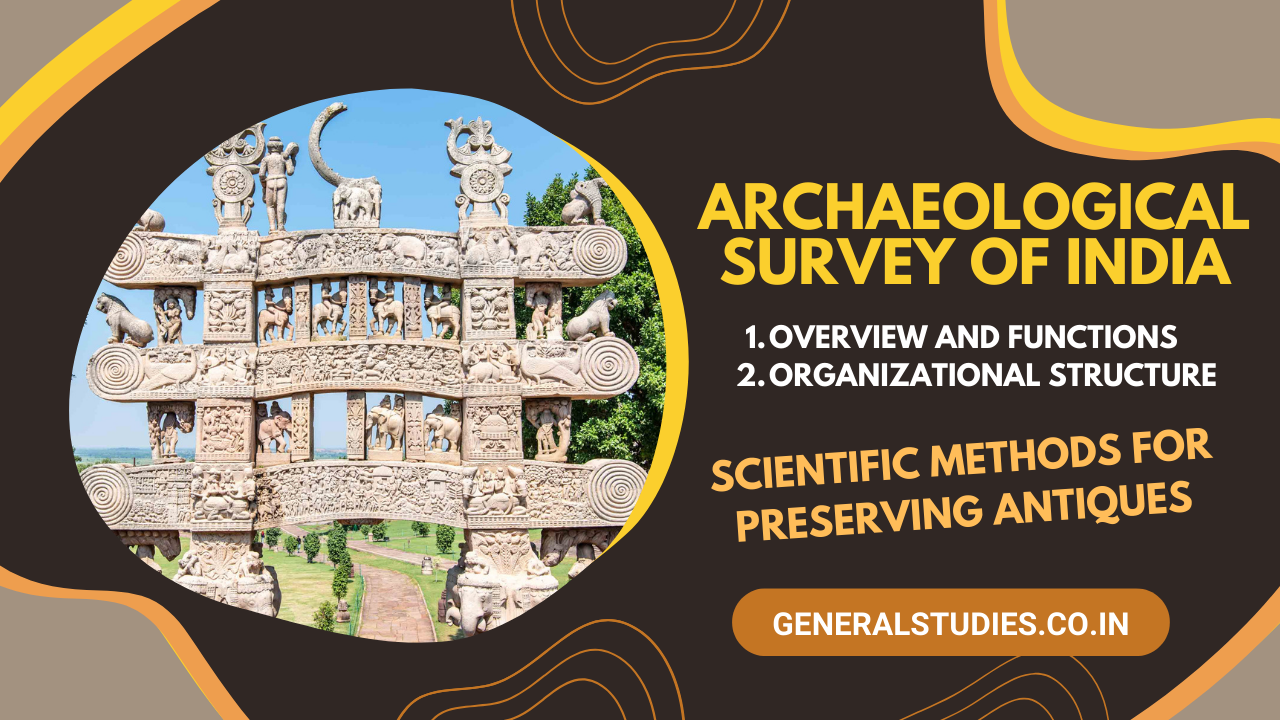Table of Contents
Archaeological Survey of India (ASI): Overview and Functions
- The Archaeological Survey of India (ASI) is the main government agency responsible for protecting and researching India’s cultural heritage.
- It operates under the Department of Culture, part of the Ministry of Tourism and Culture.
- ASI’s primary duty is to maintain ancient monuments, archaeological sites and remains that are of national importance.
- The ASI also regulates archaeological activities across the country according to the Ancient Monuments and Archaeological Sites and Remains Act, 1958 (amended in 2010) and the Antiquities and Art Treasure Act, 1972.
Functions of the Archaeological Survey of India:
- Protection of Monuments: ASI protects and maintains monuments, archaeological sites, and remains of national importance as per the Ancient Monuments and Archaeological Sites and Remains (AMASR) Act, 1958, and its amendment in 2010.
- Research and Documentation: ASI conducts archaeological research and documentation of monuments, sites, and remains across India.
- Excavation: ASI, along with other agencies, carries out archaeological excavations to uncover sites of historical and cultural significance.
- Conservation and Preservation: ASI is responsible for the conservation, preservation, and restoration of protected monuments and sites.
- Regulation of Activities: ASI regulates all archaeological activities in the country, including the management of antiquities under the Antiquities and Art Treasure Act, of 1972.
- Circles and Branches: The country is divided into 38 Circles, each responsible for the maintenance and research of monuments within its jurisdiction.
Archaeological Survey of India at a Glance
| Attribute about Archaeological Survey of India | Details |
|---|---|
| Formation | 1861 |
| Founder | Alexander Cunningham (Father of Indian Archaeology) |
| Type | Governmental organisation |
| Headquarters | New Delhi |
| Region Served | India |
| Official Languages | English, Hindi |
| Director General | Yadubir Singh Rawat |
| Parent Organisation | Ministry of Culture |
ASI’s Organizational Structure:
| Branch/Project of Archaeological Survey of India | Key Functions |
|---|---|
| Excavation Branches (06) | Conduct archaeological excavations across India. |
| Prehistory Branch | Focuses on research and excavations related to prehistoric sites. |
| Epigraphy Branches | Involved in the study and preservation of inscriptions. |
| Science Branch | Responsible for chemical preservation of monuments. |
| Horticulture Branch | Manages the development of gardens and environmental preservation around monuments. |
| National Mission on Monuments and Antiquities | Aims at documenting and preserving all monuments and antiquities. |
| Building Survey Project | Surveys and documents historical buildings. |
| Temple Survey Projects | Focuses on the documentation and preservation of temples across India. |
| Underwater Archaeology Wing | Conducts research and explorations of underwater cultural heritage. |
Source: Archaeological Survey of India
Protection Process:
- ASI gives a two-month public notice inviting objections before bringing a monument under its protection.
- Post the objection period, ASI scrutinizes the feedback and decides on the protection status.
- Currently, over 3,696 monuments and sites are under ASI’s protection, ranging from prehistoric to colonial periods, including temples, mosques, tombs, forts, and ancient habitation sites.
How the Archaeological Survey of India Preserves Antiques
The Archaeological Survey of India preserves India’s rich cultural heritage, through its Science Branch, established in 1917. The Science Branch’s primary responsibility is the chemical treatment and preservation of museum exhibits, antiquities, and monuments. This branch was initially set up at the Indian Museum, Calcutta, but was later shifted to Dehradun in 1921-22.
Key Activities of the Science Branch:
- Chemical Conservation and Protection: The Science Branch undertakes the chemical conservation and protection of all Centrally Protected Monuments. This includes the application of protective coatings and treatments to prevent deterioration caused by environmental factors such as pollution, humidity, and biological growth (e.g., algae or lichens).
- Museum and Excavated Object Conservation: The Science Branch is responsible for the chemical treatment and conservation of artifacts and excavated objects in site museums. These items undergo meticulous processes to ensure their long-term preservation.
- Scientific and Technological Research: The ASI conducts scientific and technological studies on conservation materials. This research is essential for developing new methods and improving existing techniques to preserve cultural heritage.
- International Conservation Efforts: The ASI also extends its expertise in chemical conservation to heritage sites abroad, showcasing its role in global heritage preservation.
- Training and Public Awareness: The Science Branch imparts training on chemical conservation to students enrolled in the Post Graduate Diploma in Archaeology at the PDDU Institute of Archaeology, Greater Noida. Additionally, it organizes public awareness programs, workshops, and seminars to educate the public on the importance of scientific conservation.
Scientific Methods for Preserving Antiques
1. Chemical Conservation:
- Consolidation: Strengthening weakened structures or artifacts using consolidants that bind the materials.
- Cleaning: Removing harmful deposits such as dirt, salts, or biological growths using gentle methods like aqueous solutions, organic solvents, or micro-abrasion.
- Protective Coatings: Apply coatings to protect surfaces from environmental damage, which can include organic and inorganic materials tailored to specific artifacts.
2. Environmental Control:
- Humidity and Temperature Regulation: Controlling environmental conditions in museums and storage facilities to prevent fluctuations that could cause materials to expand, contract, or deteriorate.
- Light Management: Limiting exposure to UV and visible light, which can cause fading and chemical changes in materials like textiles, paintings, and paper.
3. Biological Control:
- Pest Management: Using non-toxic methods to control pests that might infest or damage artifacts, such as freezing, anoxic environments, or natural repellents.
- Fungal and Microbial Treatments: Applying biocides or other treatments to prevent and eliminate microbial growth on organic materials like wood, textiles, and leather.
4. Non-Invasive Techniques:
- X-ray Fluorescence (XRF): Used to determine the elemental composition of artifacts without causing damage.
- Infrared Spectroscopy: Helps in identifying materials and detecting repairs or alterations in artifacts.
- 3D Scanning and Imaging: Used to document and create digital records of artifacts, allowing for detailed study and analysis without physical contact.
5. Restoration Techniques:
- Reattachment of Fragments: Using reversible adhesives to reattach broken pieces of artifacts.
- Inpainting: Careful application of color to areas of loss in paintings or decorative objects to restore their visual integrity.
6. International Practices:
- Laser Cleaning: Used in many countries for the precise cleaning of delicate surfaces, such as sculptures and paintings, where traditional methods might cause damage.
- Cryogenic Treatments: Employed for the conservation of organic materials by freezing to prevent decay.
- Preventive Conservation: Involves the assessment of risks and implementation of long-term preservation strategies, such as disaster preparedness and storage design, which are standard practices globally.
Read More: Famous Monuments of India
Preservation Methods
1. Chemical Cleaning
- Process: Chemical cleaning involves using specially formulated compounds to remove surface deposits like dirt, grime, pollution stains, or biological growths (e.g., algae or lichens) from antiques. The chemicals are chosen based on the material composition of the artifact to avoid damage.
- For example, clay packs are sometimes used on marble structures like the Taj Mahal, where they absorb impurities when applied and then removed.
2. Environmental Monitoring
- Process: Environmental monitoring involves continuously measuring factors like temperature, humidity, and pollution levels around the artifact or site. Sensors and data loggers are often used for real-time monitoring.
3. Controlled Environment
- Process: Creating a controlled environment means regulating the temperature, humidity, and light exposure to prevent conditions that could lead to deterioration.
- For example, the Dead Sea Scrolls are kept in climate-controlled rooms where temperature and humidity are carefully maintained to prevent the parchment from becoming too dry or too moist, both of which could cause damage.
4. X-ray Analysis
- Process: X-ray analysis is a non-invasive technique used to examine the internal structure of artifacts without damaging them. This method is particularly useful for identifying hidden details, such as the composition of metals in ancient jewelry or the internal structure of statues. It helps conservators understand how to best preserve the object.
5. 3D Scanning
- Process: 3D scanning captures the exact dimensions and surface details of an artifact using laser technology or structured light. This creates a digital model that can be used for documentation, analysis, and even virtual restoration.
- It’s especially useful for fragile items like the Terracotta Army, where handling the originals could cause damage.
6. Laser Cleaning
- Process: Laser cleaning involves using focused laser beams to remove unwanted surface layers, such as dirt or corrosion, from an artifact. The laser can be precisely controlled to avoid damaging the underlying material.
- This method is often used on delicate surfaces like marble statues (e.g., the Elgin Marbles) where traditional cleaning methods might be too harsh.
7. Structural Consolidation
- Process: Structural consolidation involves reinforcing weakened structures or materials in an artifact to prevent collapse or further degradation. This can include injecting consolidants (materials that bind and stabilize) into cracks or voids in stones, metals, or ceramics. It ensures that the artifact maintains its integrity while preserving its appearance.
8. Controlled Lighting
- Process: Controlling light exposure is crucial for preserving materials like paintings, textiles, and manuscripts that are sensitive to light. Low-intensity, UV-filtered lighting is used to prevent fading and other photochemical reactions.
- For instance, in the Ajanta Caves, artificial lighting is carefully controlled to prevent damage to the ancient murals.
9. Protective Glass
- Process: Protective glass, often combined with climate control, is used to shield sensitive artifacts from environmental pollutants, physical damage, and light. The glass is typically UV-filtered and sometimes bulletproof, as seen in the display case for the Mona Lisa, ensuring the artwork is protected from both environmental and human threats.
10. Electrochemical Treatment
- Process: This method involves using electrical currents to remove corrosion products from metal artifacts.
- In the case of the Bronze Statues of Riace, electrochemical treatment was used to reverse the effects of corrosion that occurred during the statues’ time submerged in seawater. The process helps to stabilize the metal and prevent further decay.
11. Restricted Access
- Process: Limiting human access to fragile sites or artifacts helps prevent physical wear and tear.
- For example, the Lascaux Cave Paintings are no longer open to the public because human presence was causing mold growth due to increased humidity and CO2 levels. Replicas and virtual tours are often used as alternatives to provide access without risking the original.
12. Structural Support
- Process: Providing structural support ensures that an artifact remains stable and secure. For heavy or fragile objects, supports may be added to prevent them from collapsing.
13. Regular Cleaning
- Process: Regular cleaning involves routine maintenance to keep artifacts in good condition. This can range from dusting and gentle washing to more complex procedures like removing tarnish from metals.
- For example, the Crown Jewels in the Tower of London are regularly cleaned to maintain their appearance and prevent deterioration.
14. Stone Conservation
- Process: Stone conservation includes various techniques to preserve and restore stone structures, such as monuments or temple complexes. This might involve cleaning, filling in cracks, or applying protective coatings to prevent weathering.
- At Angkor Wat, ongoing stone conservation efforts include removing biological growth and reinforcing the temple’s structure.
15. Biological Control
- Process: Biological control measures are used to prevent or mitigate the effects of pests, mold, or other biological threats to artifacts.
- This can include methods like fumigation, freezing, or using natural repellents to protect organic materials like wood, textiles, and leather. These treatments help ensure that artifacts remain free from biological decay.
ASI Cultural Heritage Preservation Techniques
| Antique/Site | Location | Preservation Method | Description |
|---|---|---|---|
| The Taj Mahal | Agra, India | Chemical Cleaning, Environmental Monitoring | Regular cleaning using clay packs to remove pollution stains. |
| Ajanta Caves | Maharashtra, India | Chemical Treatment, Controlled Lighting | Regular chemical treatment of the paintings and use of low-intensity lighting to prevent fading. |
| Bhimbetka Rock Shelters | Madhya Pradesh, India | Controlled Access, Environmental Monitoring | Preservation of prehistoric rock paintings with restricted access to minimize human impact. |
| Sanchi Stupa | Madhya Pradesh, India | Stone Conservation, Biological Control | Regular maintenance and stone conservation efforts to prevent biological growth and structural decay. |
| Qutub Minar | Delhi, India | Structural Reinforcement, Laser Cleaning | Structural reinforcement and laser cleaning to remove pollutants from the stone surface. |
| Sun Temple, Konark | Odisha, India | Stone Conservation, Environmental Monitoring | Efforts to prevent water ingress and stone decay, along with monitoring for weathering and salt crystallization. |
| Rani ki Vav (Queen’s Stepwell) | Patan, Gujarat, India | Structural Consolidation, Biological Control | Structural consolidation and removal of biological growth to preserve intricate carvings. |
| Hampi Monuments | Karnataka, India | Stone Conservation, Environmental Control | Ongoing stone conservation efforts and management of environmental factors to preserve the extensive ruins. |
| Khajuraho Temples | Madhya Pradesh, India | Stone Conservation, Laser Cleaning | Stone conservation and laser cleaning to preserve the intricate carvings of the temples. |
| Red Fort | Delhi, India | Structural Reinforcement, Regular Cleaning | Structural reinforcement and regular cleaning to maintain the fort’s appearance and stability. |
| Meenakshi Temple | Madurai, Tamil Nadu, India | Chemical Cleaning, Controlled Lighting | Chemical cleaning to preserve the temple’s vibrant colors and controlled lighting to prevent damage to the paintings and sculptures. |
| Ellora Caves | Maharashtra, India | Structural Support, Environmental Monitoring | Structural support for the rock-cut caves and monitoring of environmental factors to prevent deterioration. |
| Chola Temples | Tamil Nadu, India | Stone Conservation, Biological Control | Stone conservation efforts to preserve the intricate carvings and control biological growth on the temple surfaces. |
| Victoria Memorial | Kolkata, West Bengal, India | Chemical Cleaning, Environmental Monitoring | Regular cleaning and environmental monitoring to preserve the marble structure. |
| Jaisalmer Fort | Rajasthan, India | Structural Reinforcement, Controlled Access | Reinforcement to prevent structural decay, with restricted access to manage tourism impact. |
| Golconda Fort | Hyderabad, Telangana, India | Structural Support, Stone Conservation | Structural support and ongoing conservation efforts to prevent further deterioration of the fort’s stonework. |
Ancient Monuments in India
Famous Archaeological Sites Around the World
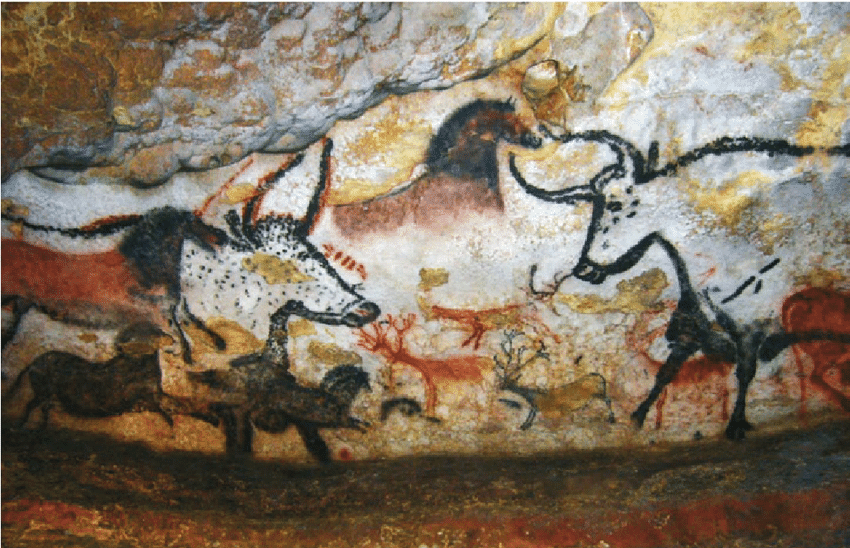
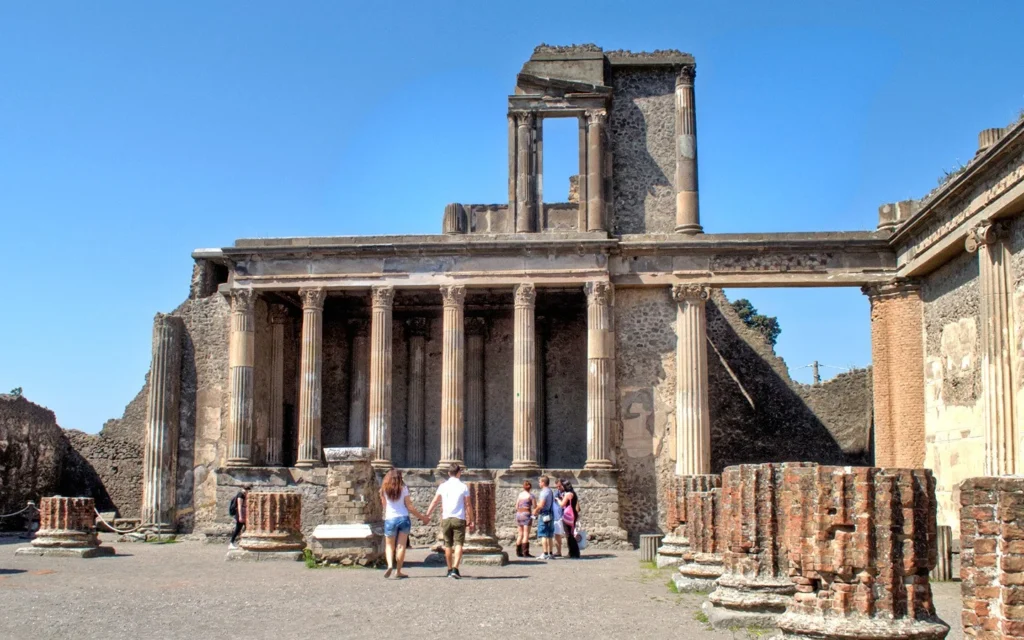
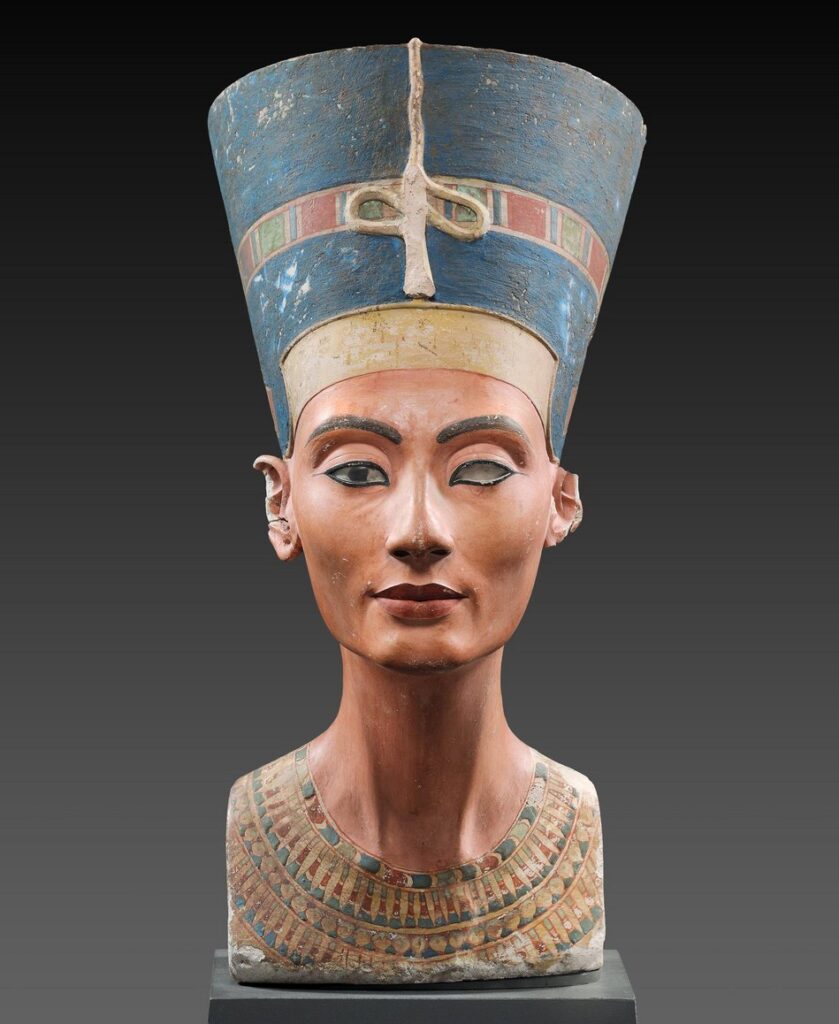
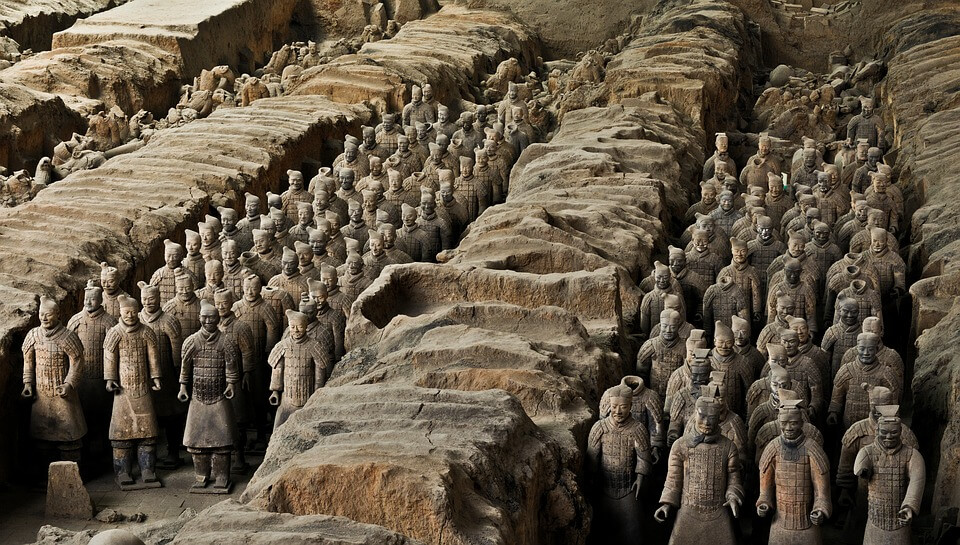
| Antique | Location | Preservation Method | Description |
|---|---|---|---|
| The Taj Mahal | Agra, India | Chemical Cleaning, Environmental Monitoring | Regular cleaning using clay packs to remove pollution stains. |
| Tutankhamun’s Tomb Artifacts | Cairo, Egypt | Controlled Environment, X-ray Analysis | Artifacts are preserved in a regulated environment to prevent decay. |
| Terracotta Army | Xi’an, China | Environmental Control, 3D Scanning | Controlled humidity and temperature with 3D scanning for documentation. |
| The Elgin Marbles | British Museum, London, UK | Laser Cleaning, Structural Consolidation | Laser cleaning of the marbles to remove pollutants without damaging the surface. |
| Ajanta Caves | Maharashtra, India | Chemical Treatment, Controlled Lighting | Regular chemical treatment of the paintings and use of low-intensity lighting to prevent fading. |
| The Dead Sea Scrolls | Israel Museum, Jerusalem | Controlled Temperature and Humidity, Digital Imaging | Preserved in a climate-controlled environment with digital imaging for study. |
| The Rosetta Stone | British Museum, London, UK | Conservation Treatment, Structural Support | Regular inspections and treatments to preserve the integrity of the stone. |
| Mona Lisa | Louvre Museum, Paris, France | Environmental Control, Protective Glass | Kept in a temperature-controlled case with bulletproof glass to protect the painting. |
| Bronze Statues of Riace | National Archaeological Museum, Reggio Calabria, Italy | Electrochemical Treatment, Structural Support | Treatment to remove corrosion and support for the statues’ delicate structure. |
| Great Sphinx of Giza | Giza, Egypt | Restoration, Stone Consolidation | Regular restoration efforts including stone consolidation to prevent erosion. |
| The Lascaux Cave Paintings | Dordogne, France | Restricted Access, Climate Control | Limited access to prevent damage, with controlled humidity and temperature. |
| Nefertiti Bust | Neues Museum, Berlin, Germany | Controlled Lighting, Structural Support | Displayed under controlled lighting to prevent fading with structural support to avoid damage. |
| The Crown Jewels | Tower of London, London, UK | Controlled Environment, Regular Cleaning | Kept in a highly secure, climate-controlled environment with regular maintenance. |
| Bhimbetka Rock Shelters | Madhya Pradesh | Controlled Access, Environmental Monitoring | Preservation of prehistoric rock paintings with restricted access to minimize human impact. |
| Angkor Wat | Siem Reap, Cambodia | Stone Conservation, Biological Control | Ongoing stone conservation efforts and removal of biological growth to preserve the temple complex. |
| Pompeii Ruins | Pompeii, Italy | Structural Reinforcement, Chemical Treatments | Structural support to prevent collapse, with treatments to mitigate damage from exposure to the elements. |

